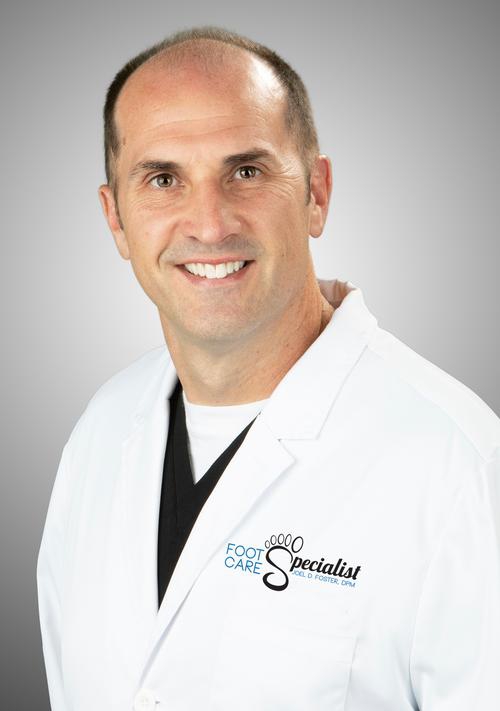How Swift Microwave Therapy Works to Eliminate Plantar Warts
Even if your plantar warts aren’t currently causing pain, it’s important to seek prompt treatment. Plantar warts are contagious. They can spread from person to person, or to other parts of the same person's body, through touch or contact with contaminated surfaces.
Swift microwave therapy is an innovative wart resolution method that uses microwave energy delivered through a probe to stimulate the body’s own immune system to attack and destroy the wart. Microwaves have been used therapeutically for more than 30 years, and Swift has passed extensive clinical testing with flying colors.
The treatment process is straightforward. A probe is placed over the plantar wart, and microwaves are applied in brief bursts of just two to three seconds. Patients might feel a mild, hot “stinging” sensation for a second or two, but this goes away almost immediately after the treatment. No anesthetic is required.
Typically, patients need two or three treatment sessions to completely eradicate the wart—with sessions spaced out over four weeks.
Swift is safe for both children and adults. However, there are some limited circumstances in which the treatment is not recommended—such as when a person has a pacemaker.
Why Does Dr. Joel Foster Recommend Swift Microwave Therapy?
Until Dr. Foster added Swift microwave therapy to his practice, he recommended nonsurgical wart removal procedures using methods such as liquid nitrogen to “freeze” the wart off or salicylic acid to “peel” off the top layers of the wart. Now that he’s seen the results Swift can achieve, this has been his top recommended treatment option for the majority of his patients.
Here are just a few reasons why Dr. Foster encourages Swift treatment for plantar warts if patients have no limitations that prevent the procedure from being performed:
- The success rate for this treatment is around 85%, which is higher than any traditional wart treatment.
- You’re much less likely to experience a recurrence of plantar warts since Swift treats the infection itself instead of just removing the wart.
- Swift doesn’t break the skin so there’s no need to bandage the wart afterward or take a break from your daily activities while your foot heals—you can return to your normal activities immediately.
Since our office uses a direct-pay model that puts decision-making power back in the hands of the patient, you are free to choose Swift microwave therapy to treat your plantar warts without worrying about any restrictions in your insurance coverage. To learn more about our products and services pricing, visit our website or contact our office for details.

 Plantar warts can be painful and unsightly, but you don’t have to resign yourself to dealing with the hassles associated with this common foot condition. Swift microwave therapy swiftly eliminates plantar warts. In Lee’s Summit,
Plantar warts can be painful and unsightly, but you don’t have to resign yourself to dealing with the hassles associated with this common foot condition. Swift microwave therapy swiftly eliminates plantar warts. In Lee’s Summit, 